How To Get The Value Of My Car
13 Ways To Increase Your Car's Value
By taking care of minor issues, you can increase a car's value.

The harsh reality of car buying can be described in one word — depreciation. Depreciation is a scary word used to describe your car losing its value over time due to wear and tear. The car experts at Edmunds state that a brand new car loses 11% of its value the moment you drive it off the lot. Although not much "wear and tear" happens from the time you get the keys to driving off the lot, the value of your car is now closer to its wholesale price. After that, your car will depreciate in value by 15% to 25% each year during its first five years. So basically, after those first five years of ownership, your car has lost more than half of its value.
Find Out: Auto Expenses You Can Expect If You Haven't Driven During Quarantine
Depreciation will not directly affect you if you plan on driving your car to the grave. You will only be directly affected if you plan on reselling or trading in your car later on. But pampering your car will allow you to keep driving it for years, well past its expiration date, keeping hundreds of dollars in your wallet every month by avoiding a new car payment.
Fortunately, whether you decide to part ways with your car or keep driving until the wheels fall off, there are many things you can do to keep your car's value up over time.
Last updated: May 3, 2021

How Your Car's Value Is Determined
First, let's look into how your car's value is determined to evaluate how fast your car will likely depreciate and how you can lessen the blow. A car's value is determined by many factors: the popularity of the make and model of your car, vehicle specifications, trim levels, physical appearance, mileage, consistent maintenance and working condition.
Learn More: What Percentage of Your Income Should Go Toward Auto Loan Payments?

Make/Model/Popularity
Research a car's resale value before you buy it to make sure it can retain its value over time. Some brands tend to have better car trade-in values than others because of their popularity and dependability, which usually commands higher resale prices.
Conduct your own research to see which car will fit your budget and lifestyle while retaining its resale value. Go to sites like:
- Edmunds
- Kelley Blue Book
- J.D. Power
You can also use these sites to find out things like your vehicle's Kelley Blue Book car value so that you'll be able to determine the resale value of the car that you currently own.
Know Now: 28 Tips for Negotiating With Car Dealers

Age and Mileage
Mileage has a greater effect on depreciation than age does. Cars are often driven anywhere between 10,000 and 15,000 miles a year on average. The more you drive and put miles on the car, the more likely your car will depreciate quickly in value. Think about how much wear and tear your car goes through by putting six-figure mileage on it. If you hold on to a top-brand car for years and don't put major miles on the odometer, you could expect your car to be labeled as being in "outstanding condition," which will give you a higher resale or trade-in value if you decide to part ways with your car.
Oh No: The Most Expensive Car Repairs That Will Make You Want To Sell
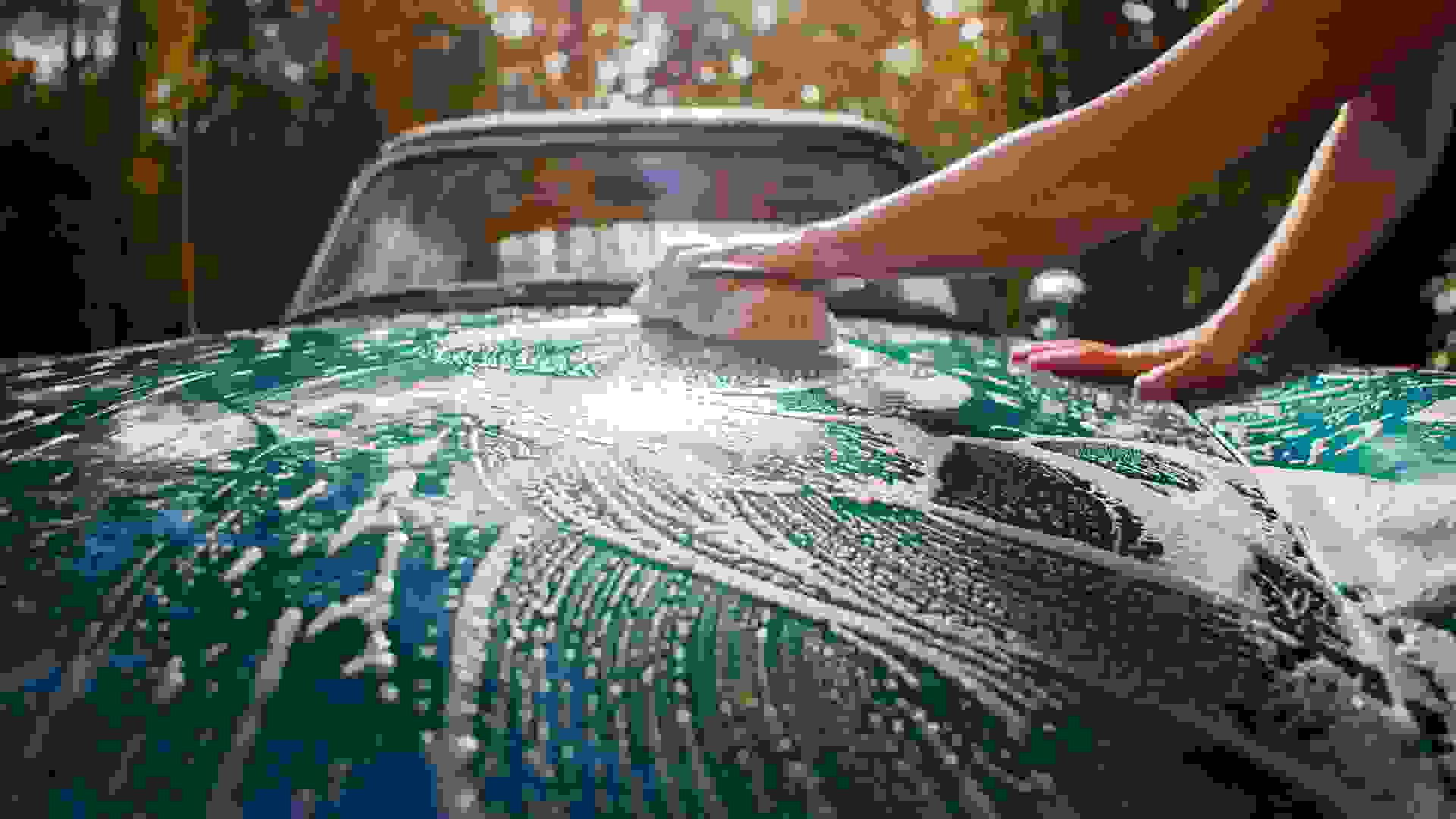
Condition
Your used car will be classified as being in excellent, good, fair or poor condition when its value is assessed. You will get the most money back for your car if it appears brand new, but an excellent condition rating is hard to get — according to Kelley Blue Book, "less than 5% of all used vehicles fall into this category." Your car will most likely fall in the good or fair categories, which means that your car has been well maintained and might only need a small amount of serviceable and repairable work. If your car is in poor condition, you might have better luck donating your old rust bucket or selling it for parts.
Take a Look: The 29 Biggest Car Mistakes That Will Cost You

Trim
When you splurge on bells and whistles during the initial purchase of your car, it will retain its value over time. Options like transmission type, engine type, all-wheel drive upgrades, seat fabric, navigation, a sunroof and automatic climate control will help to keep your used car's value.
Going for a higher trim level will likely cost you thousands more upfront. If you are shopping for a new car, do research on what trim levels have the options you want. When you get to the dealer, be prepared to negotiate a more affordable price for only the options you want, and if you shop during the right time of the month, you could pay the base price for higher trim level offerings.

Safety Features
Safety features won't just help with your resale value, they will help you stay safe — and that's something you can't really put a price on.
Look for newer cars that have safety features like lane keep assistance, collision warnings, blind spot detection and pedestrian detection, just to name a few, because all these will also help.

How To Increase Your Car's Value
Maintaining your car's initial value isn't easy. The process will take time, effort and money. But in the end, you will be rewarded with a car that will hopefully last you longer than your financing contract. More importantly, regular car maintenance will keep you and others around you safe.
Knowing the right car to buy, how to maintain the value of your car and when your car needs servicing is a great way to defeat the depreciation monster.

Routine Maintenance
The amount that you need to budget for routine maintenance is different for every car. You will likely spend less on a car that is more reliable, like the Toyota Corolla, which averages $367 in annual repair costs or $5,500 over 10 years. On the opposite side of the spectrum, a BMW is one of the most expensive cars to repair in the entire industry — a 2016 BMW 328i averages a total of $761 in annual repair costs or $17,800 over 10 years.
Consider the amount you drive your car when deciding your annual car budget. The more you drive your car, the more routine maintenance you will need. Budget for oil and filter changes every 3,000 to 7,000 miles to keep your engine properly lubricated.
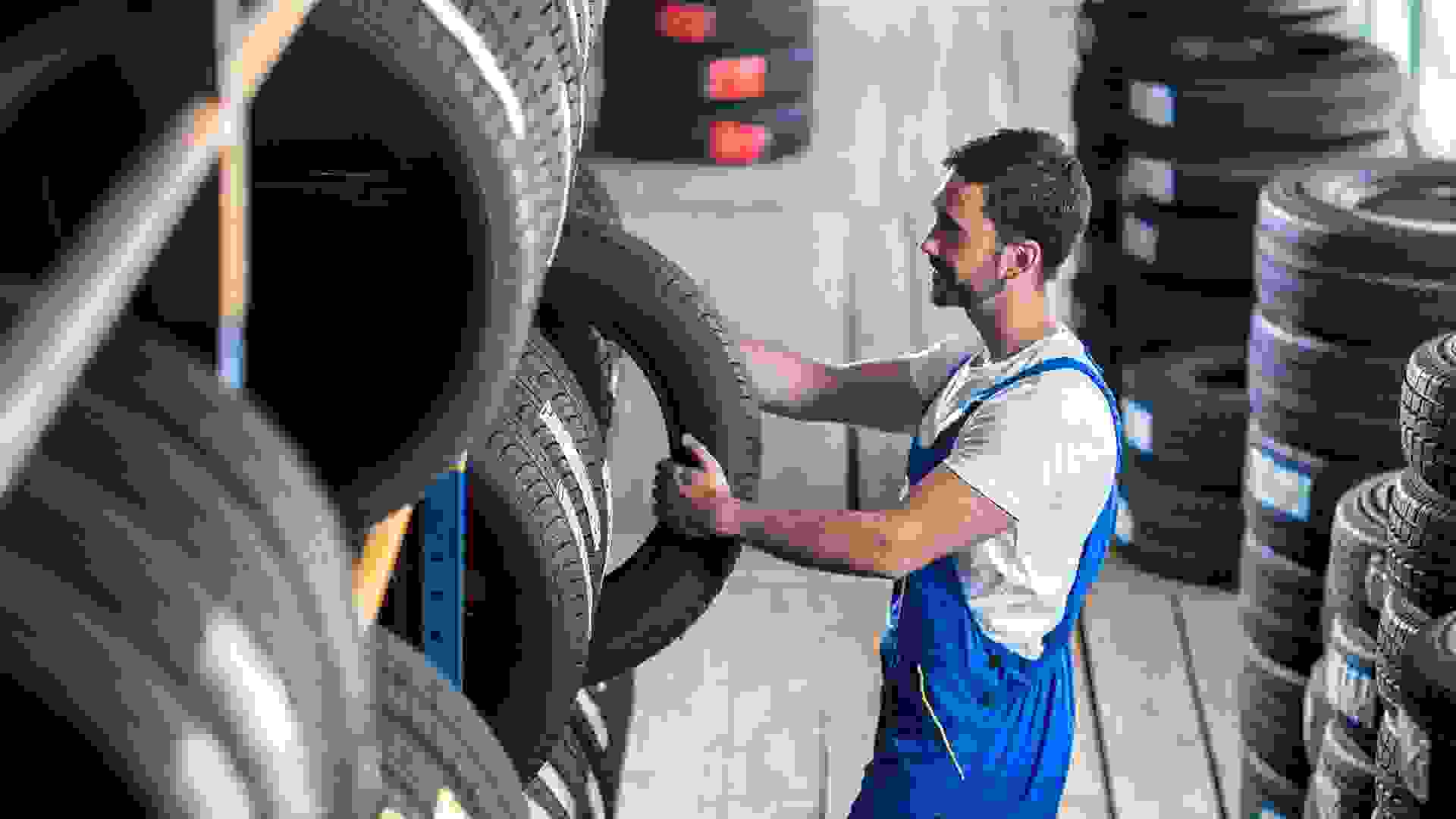
Maintain Tires
Having properly inflated tires will help you maintain good gas mileage and can even improve it by as much as 3% in some cases. It costs a little more than $1 to use the air pump at a gas station, or it can be done for free at some tire shops.
Rotate, balance and align your tires frequently to avoid unnecessary wear on your car. If your tire tread is looking a little bald, invest in new tires because this will help you get a higher trade-in value for your car if you decide to sell later on.
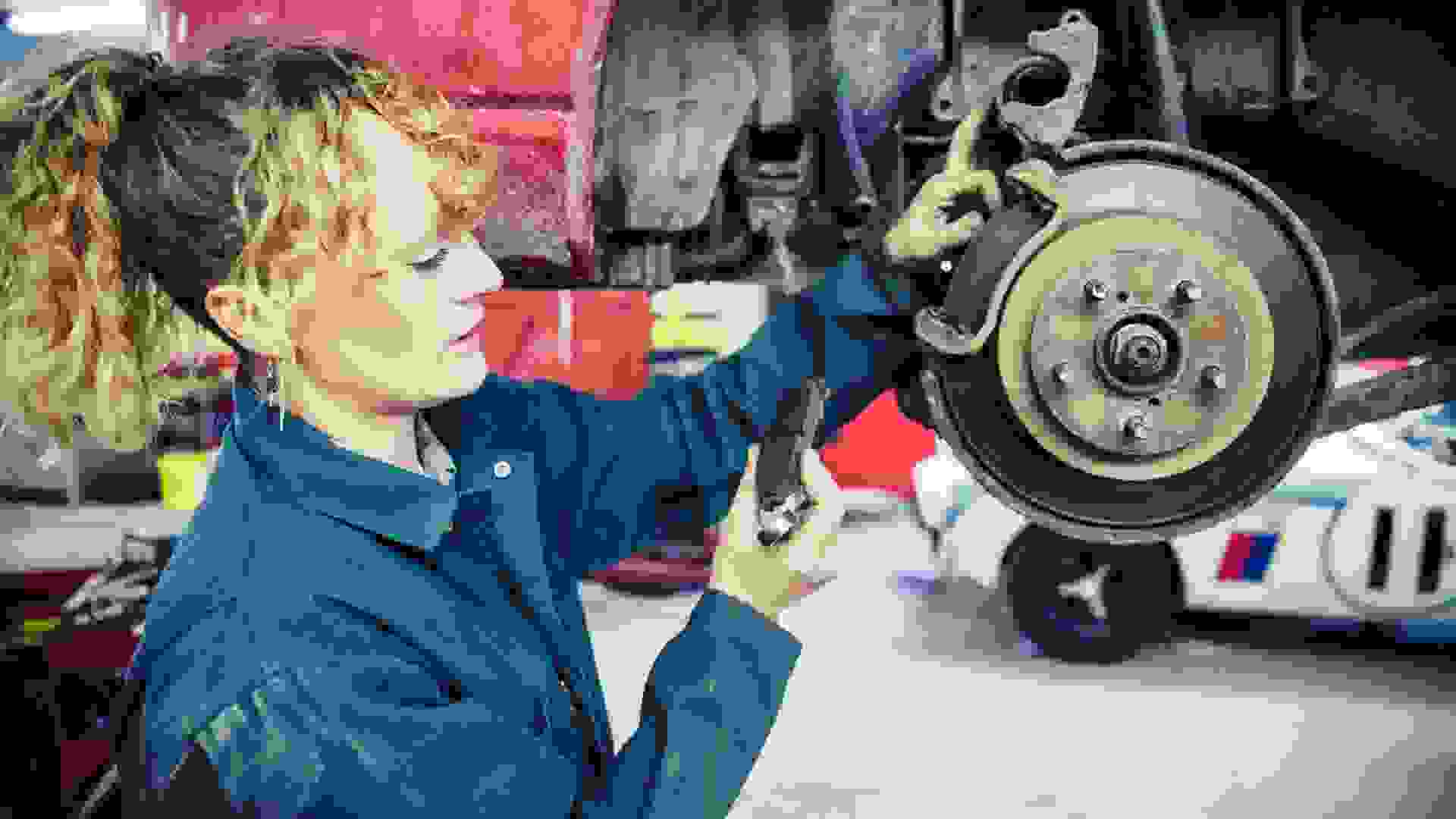
Get New Brakes
Having your brake pads replaced every 25,000 miles will help increase your car's value. When it's time to change out your brake pads, invest in semimetallic or ceramic pads that last longer and perform better. Brake pad replacement is a simple job that can be done at home if you are confident in your handy work, costing you only $20 to $40. Your local mechanic can replace them for $150 to $250 per axle, for parts and labor.
Do your car a favor and keep your brakes in pristine condition to retain your used car's trade-in value.
Read Next: 35 Ways To Slash Your Car Costs
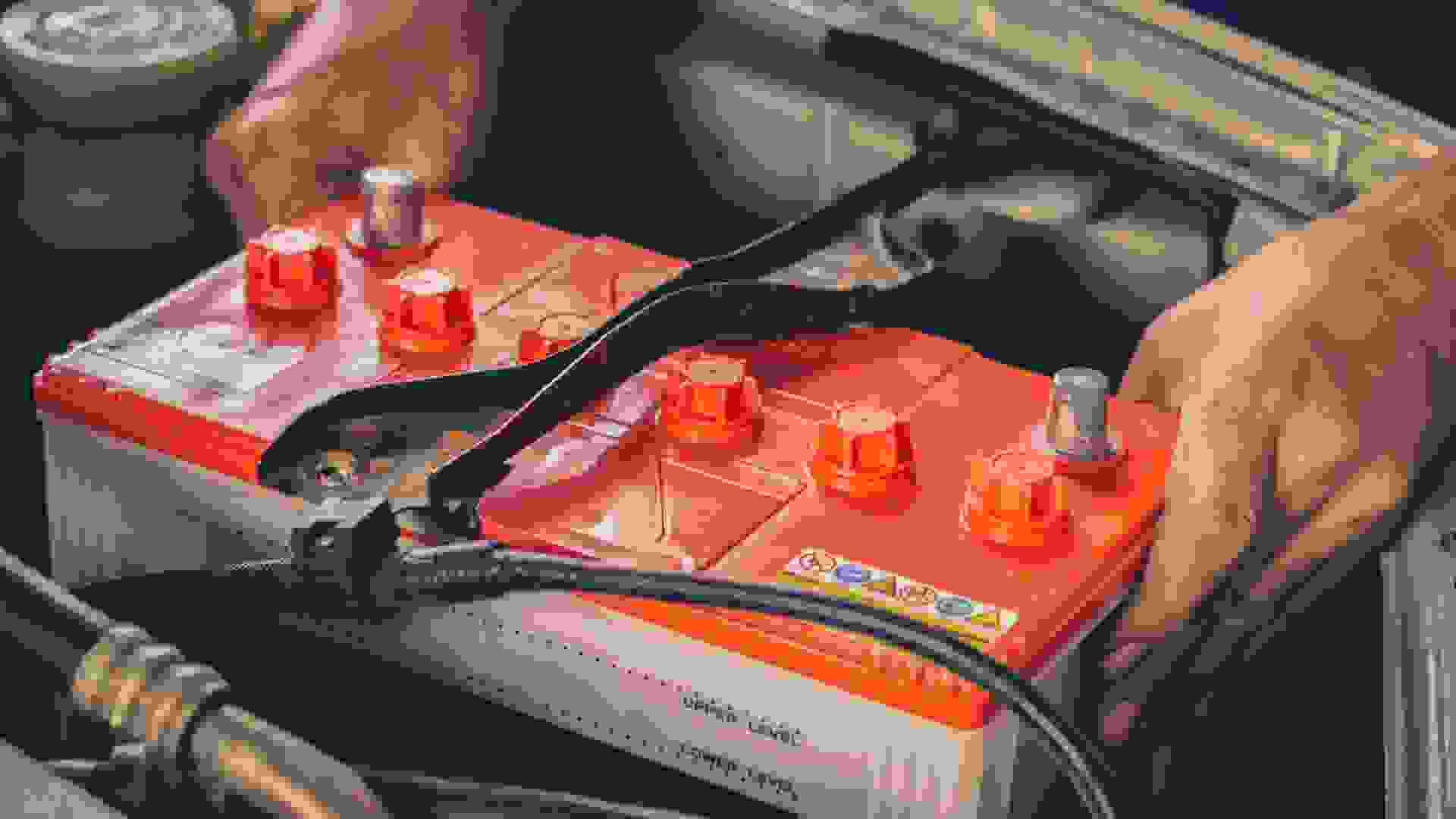
Do Some Minor Car Repair
There are plenty of DIY car repairs you can do to maintain the value of your car.
- Change the battery yourself: Check the date on your car's battery. Usually, they will last four to six years. You'll only have to pay about $80 for a new battery instead of the $200 a dealer might charge you.
- Change your own oil: If you want to save hundreds of dollars a year and keep your engine purring, ask someone who knows how to teach you how to change your oil at home or check out YouTube for a free lesson.
- Check your spark plugs every 30,000 miles or sooner if you have a heavy foot: High revs will wear out your spark plugs fast. Make sure you have the proper tools to get the job done. For this, you'll need a gap gauge, needle-nose pliers, ratchet set, spark plug wire puller, swivel socket, torque wrench, anti-seize compound and spark plugs.
- Change your transmission oil, coolant, brake fluid and power steering fluid: Take care of all of these based on your manufacturer's recommendations.

Replace the Headlamps
This will cost you about $15 to $20 for halogen bulbs or $100 for HID bulbs. Read your owner's manual to find the right bulbs for your car.
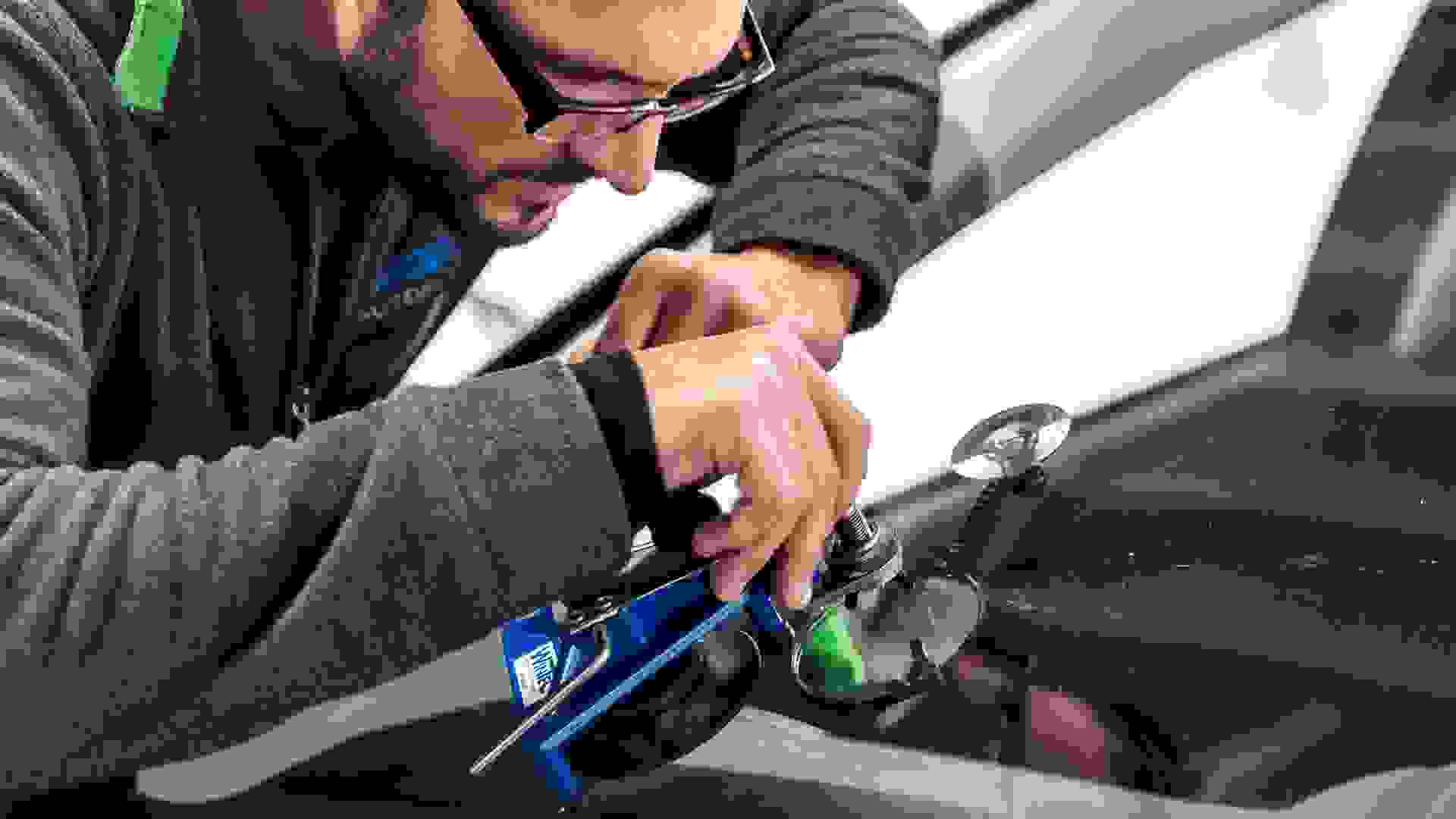
Fix Windshield Chips and Cracks
It's illegal in some states to drive with a cracked windshield, so check with your local highway patrol to verify. Not only is driving with a cracked windshield illegal, but this could also be dangerous to yourself and your passengers. If you intend on selling your car with a windshield chip or crack, you could be losing value on your car. If you have a small chip from a rock that is less than 1 inch in diameter, you can spend about $10 for a repair kit on Amazon.
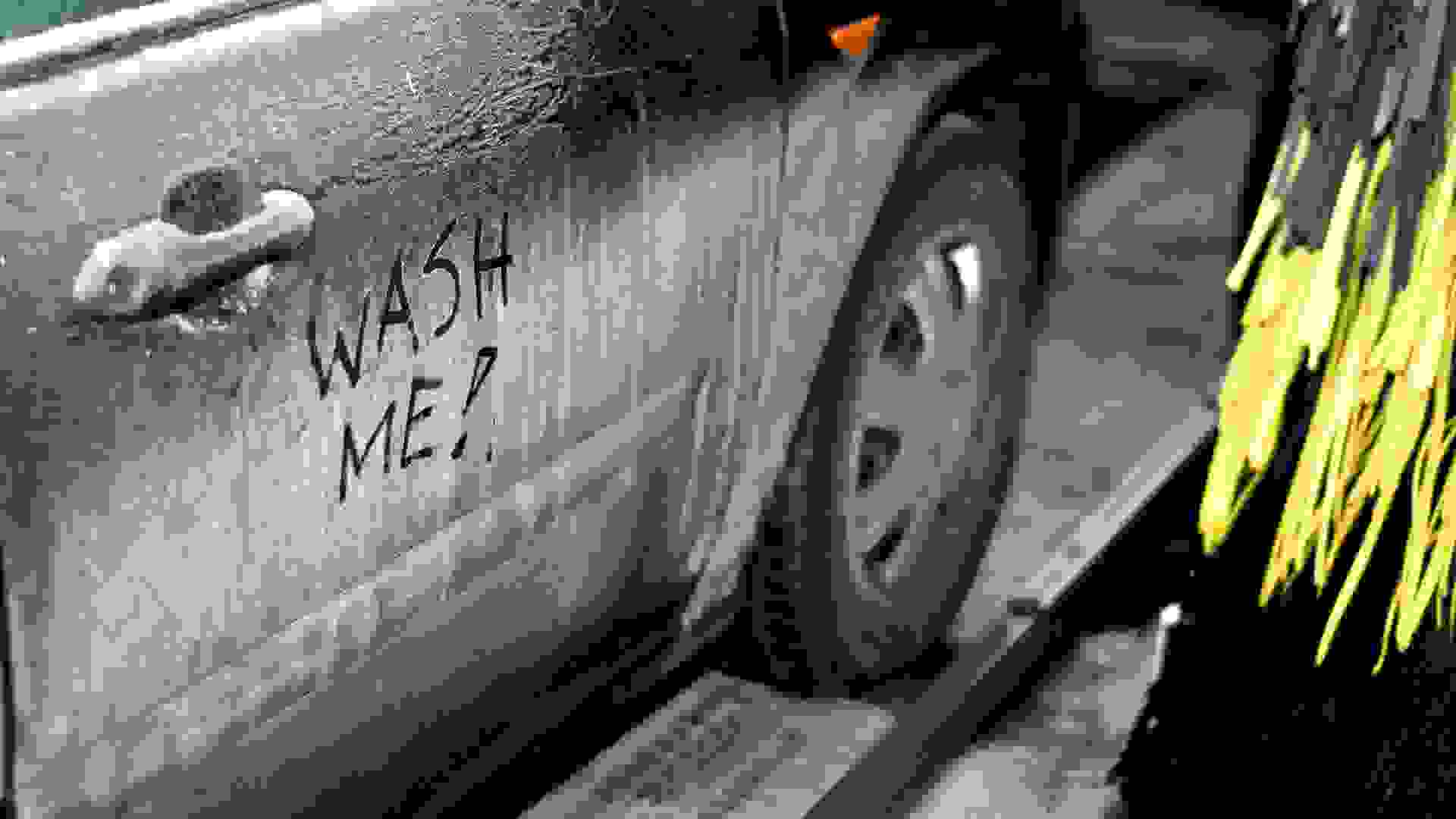
Make It Shine With Car Detailing
It's going to be just that much harder to retain your car's value if you treat it like a dump. Coffee stains, ripped seats and a musty cigarette smell will depreciate the value of your car quickly. Keeping your car looking brand new will keep it valuable for years to come. Make sure you hit these marks when detailing your car yourself. Wash the exterior of your car and finish with a wax. Vacuum and wipe down the interior and clean the windows. Keep your engine clean, blacken the tires and clean the rims. If this all seems like too much work, schedule an appointment with a mobile car detailer.
Pro tip: If you get bird droppings on your car, quickly clean it off. The acidity in their droppings can ruin your paint job. Get your car waxed to keep your it shining like new years after you've purchased it.
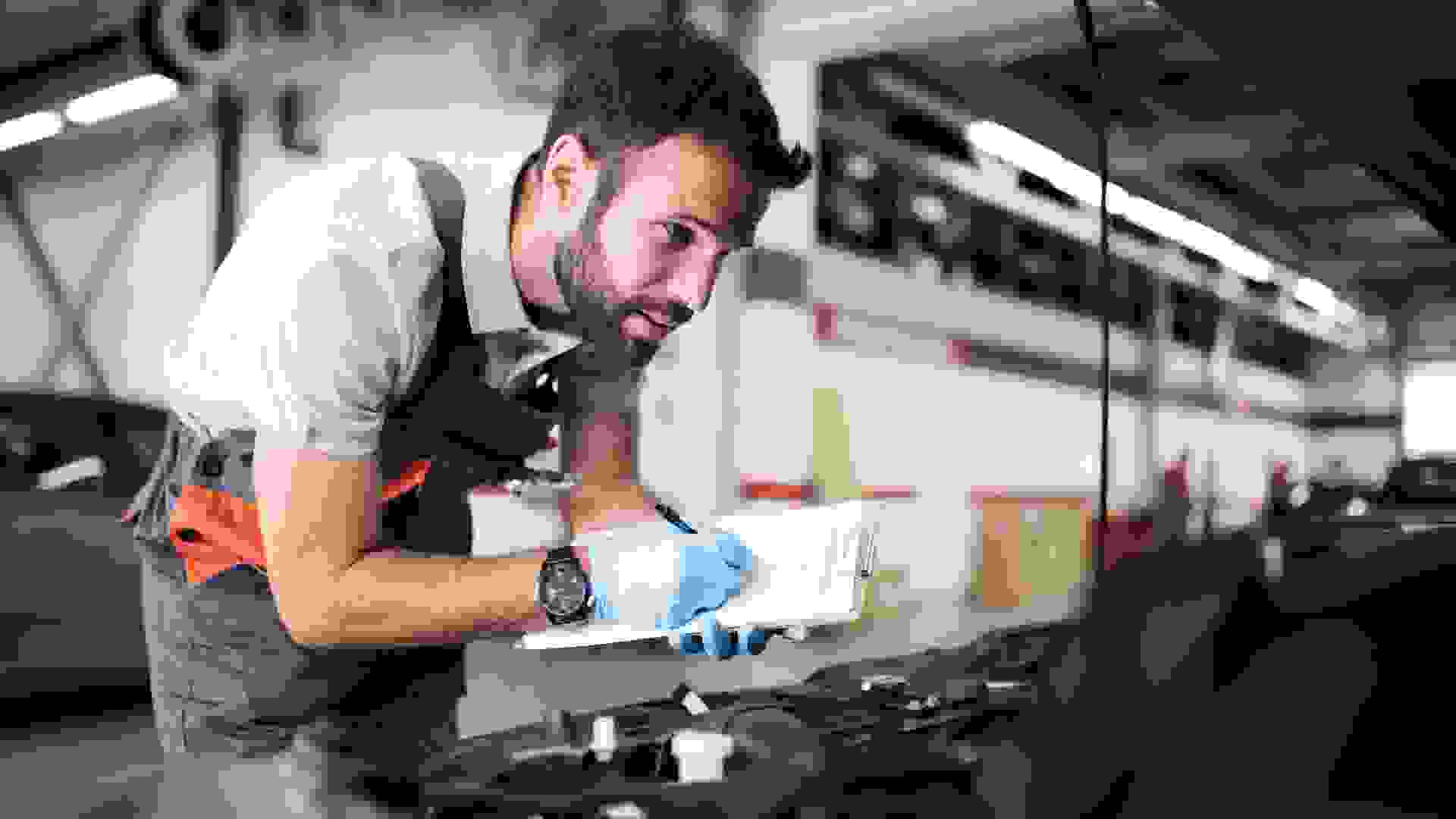
Show Documentation of Your Car's Good Condition
Every time you change your oil, check fluids, change brakes or replace tires, you should keep your receipts. Having proof of a properly maintained car will give you plenty of bargaining power to receive the price you deserve for it.

Pick Safety Features That Add Value
Automatic emergency braking and forward collision warning systems can help prevent head-on collisions and accidents involving pedestrians. Keeping yourself and those around you alive is the most valuable upgrade anyone can have. Other safety features that add value include automatic high beams, rear cross traffic warnings and Bluetooth speakers for hands-free calling. These extras may be expensive at the time of your purchase, but they could pay off when you start to think about selling your car. You can't completely stop a car from depreciating in value, but you can add value from the safety and security you gain from these add-ons.
Tips: 25 Things You Should Always Do Before Buying a Used Car

Clean Your Headlights
Clean, clear and bright headlights will make your car more appealing. Be sure to use a cleaner specifically designed to clean headlights to really do this effectively, CNN reported.

Replace Your Floormats
Floormats can take a beating over time. If yours are washable, be sure to wash them regularly to keep them in good shape. If they're not, buy replacement mats before reselling your vehicle. New floormats typically only cost $20 to $30, CNN reported.
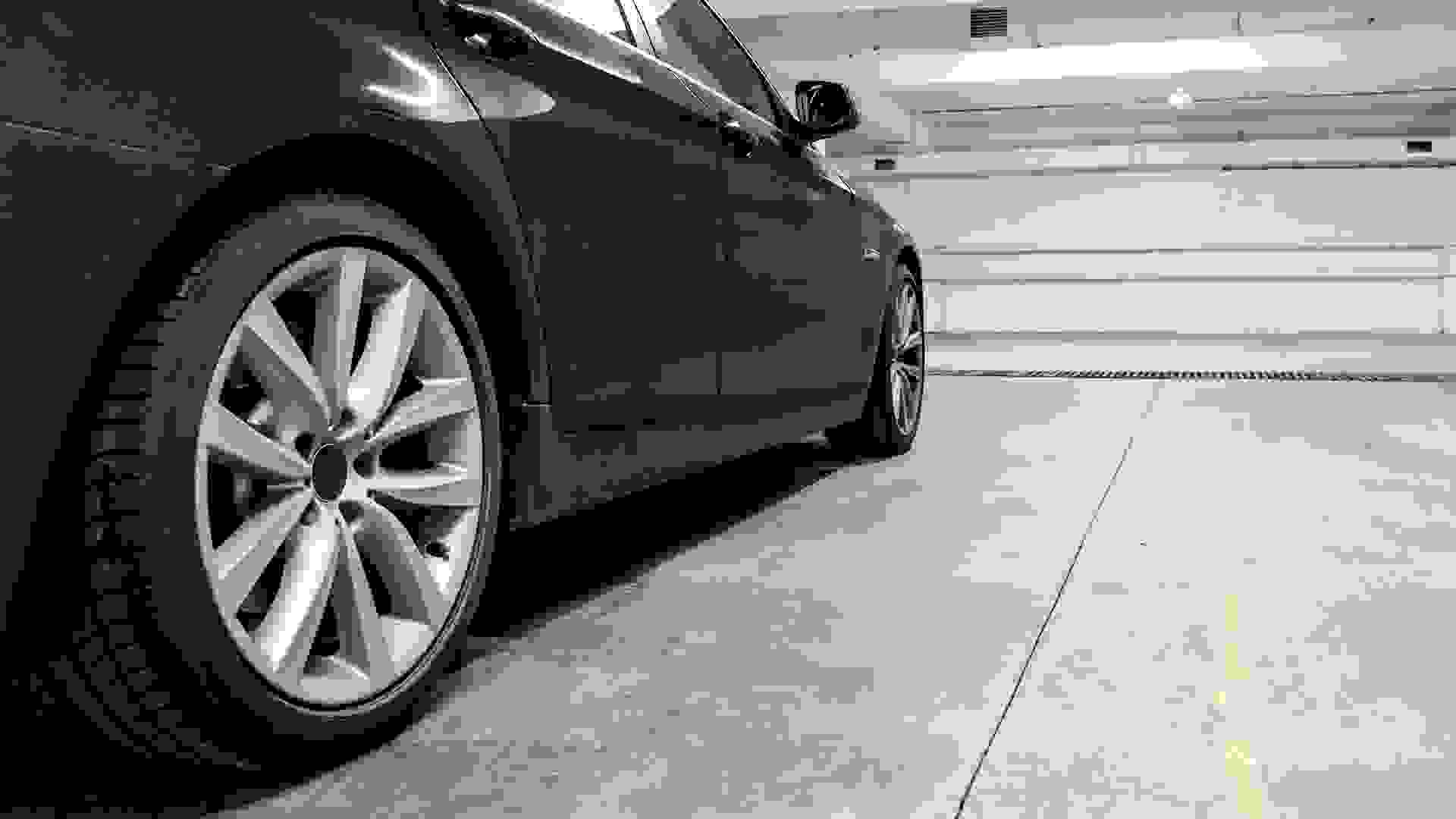
Park Inside
The exterior of your car can take a beating due to the elements, and even the interior of your car can if it sits out in the sun. Parking indoors whenever possible can keep your car's value up.

Buy a Car That Typically Has a High Trade-In Value To Start
About the Author
How To Get The Value Of My Car
Source: https://www.gobankingrates.com/saving-money/car/how-increase-car-value/
Posted by: allenclas1974.blogspot.com

0 Response to "How To Get The Value Of My Car"
Post a Comment